Note. Check tire pressure periodically (tab. 4.2). High or low pressure leads to premature tire wear, poor handling and vehicle stability.
Table 4.2. Tire pressure*, kPa

* In cold tyres, recommended for speeds up to 160 km/h for all models.
** Spare wheel.
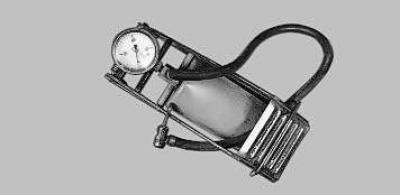
We recommend using a foot pump with a built-in pressure gauge.
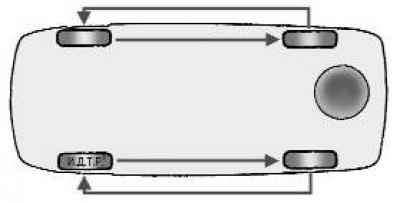
Pic. 4.1. Wheel swap diagram
In order for the tires to wear out evenly, rearrange the wheels every 10,000 km in accordance with the diagram in Fig. 4.1.
In addition, every 20,000 km, balance the wheels and check the alignment of the front wheels. To do this, contact a specialized workshop.
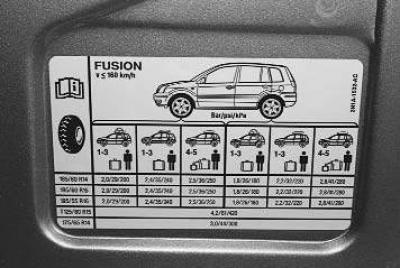
Note. There is a sticker on the bottom of the driver's door pillar that indicates the air pressure in the tires at various vehicle loads.
Attention! Carry out all wheel repair work in specialized workshops.
Attention! Check that the wheel is balanced after repair.
Warning! Using tires with worn tread can lead to an accident.
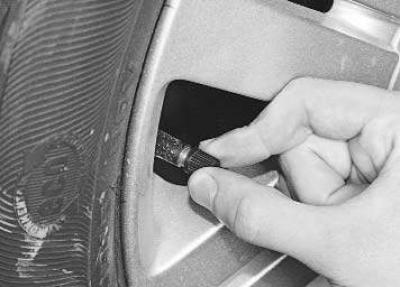
1. Unscrew the cap from the tire valve.
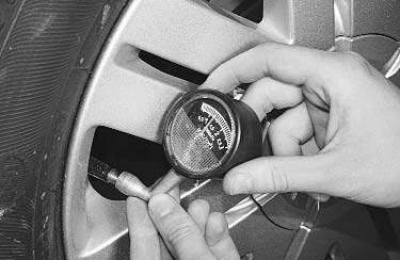
2. Check tire pressure. To do this, reset the pressure gauge to zero by pressing the special button on the pressure gauge body, connect the pressure gauge to the valve and press the spool with the tip of the pressure gauge.
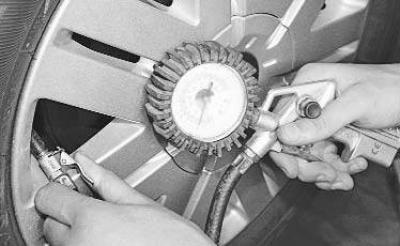
3. If the pressure is less than required, connect the hose tip to the valve and pump air, controlling the pressure on the manometer.
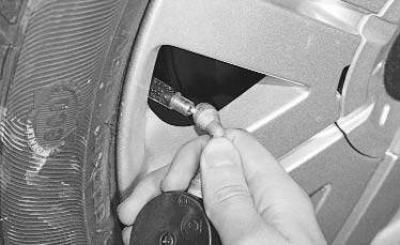
4. If the pressure is more than required, press the special protrusion of the pressure gauge on the tip of the spool and release the air from the tire. Measure the pressure with a manometer. By repeating these operations, bring the pressure to normal.
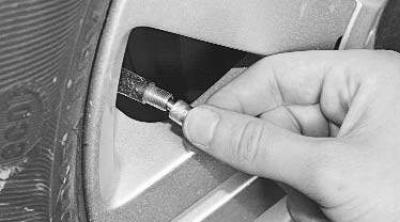
5. If you notice that the air pressure in the tires is constantly dropping, try tightening the spool with a cap with a wrench.
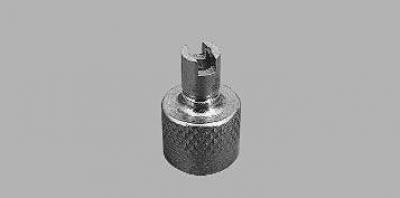
Note. It looks like a protective cap with a key for tightening the spool.
Attention! In order to avoid contamination of the spools, do not operate the vehicle without protective caps. If the caps have been lost, be sure to install new ones.
6. To check the spool for leaks, wet the valve hole. If air bubbles appear...
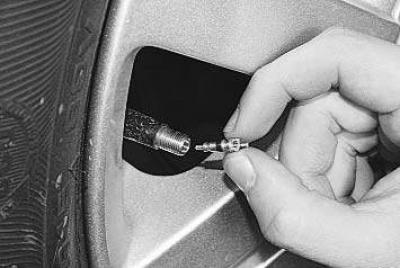
7.... replace the spool by unscrewing the defective one using a cap with a key.
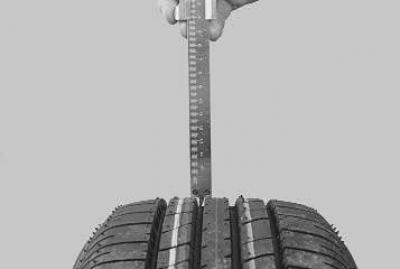
8. Use a caliper to measure the remaining tread depth. If the tread depth is 1.6 mm or less, replace the tire.
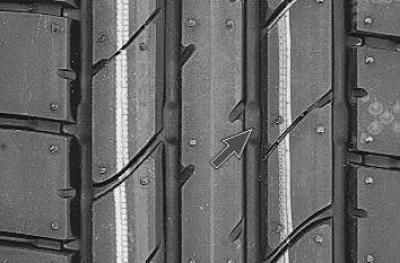
9. If there is no caliper at hand, then the tread depth can be checked visually by the tire wear indicators in the form of continuous transverse stripes on the tread.
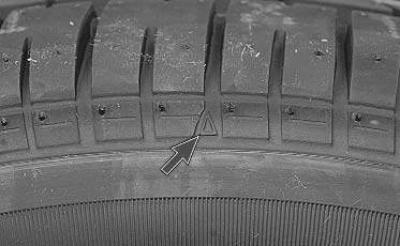
Note. Indicator locations are marked on the sidewall of the tire with a triangle or letters «TWI».
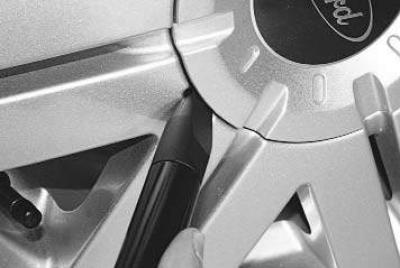
10. With the back side of the wheelbrace supplied with the car, pry off the trim of the decorative cap..
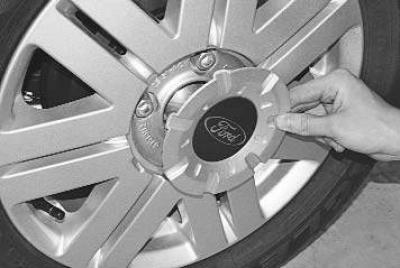
11.... remove the overlay..
12.... and check the tightness of the wheel nuts. The moment of an inhaling of nuts of fastening of a wheel of 90 Н·м.
Visitor comments